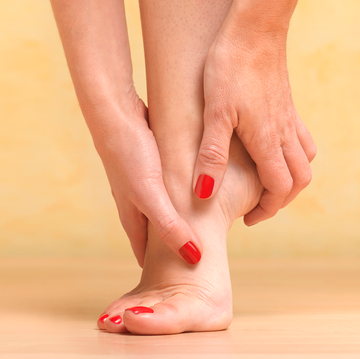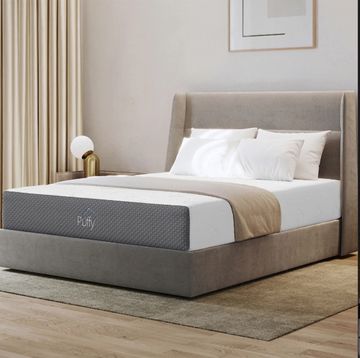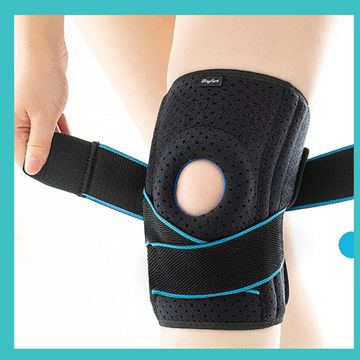It's just a headache. Can't you just take some ibuprofen and get back to work?
People who get migraine headaches—or migraine attacks, which is even more accurate since they don't always come with headaches—are all too familiar with this kind of misperception.
Migraines, which affect some 38 million Americans, consist of a web of symptoms that can make day-to-day functioning nearly impossible, including headache, nausea and vomiting, dizziness, sensitivity to sound, light, smell, or touch, tingling or numbness, and vision changes. So no, it's not just a headache.
For about 2% of people, migraines are chronic, meaning they rear their ugly heads on 15 or more days each month, says Elizabeth Seng, PhD, a clinical health psychologist and assistant professor at Yeshiva University in New York who specializes in the study and treatment of headache and chronic pain.
MORE: 16 Highly Effective Migraine Solutions
For the lucky folks who have never experienced one, it can be hard to put all of that suffering into perspective. Around 88% of people with migraines say they feel misunderstood, Seng says. Which is why she's been working with headache medication manufacturer Excedrin on their launch of a neat little tool to help. Recently, the company launched The Migraine Experience, a virtual reality app you can download on your phone and project using Google Cardboard to simulate migraine symptoms (pain not included!), in hopes of fostering more empathy and compassion for people who do get migraine attacks. "I have had patients in tears in my office because their spouses don't understand what they're going through," Seng says. "Or there can be a negative toll at work, because people can't commit with absolute certainty to being somewhere if they're having frequent migraines. That inflexibility can be really isolating socially, too." (Discover how to heal 95+ health conditions naturally with Rodale's Eat for Extraordinary Health & Healing.)
To help shed some light on what migraine sufferers—technically called migraineurs—are going through, we asked real women to tell us what it's really like. Here, they describe the attacks.
Sarah Klein is a Boston-based writer, editor, and personal trainer currently with LIVESTRONG.com, and previously of Health.com, Prevention magazine, and The Huffington Post. She’s the graduate of the Arthur L. Carter Journalism Institute at New York University.
Watch Next

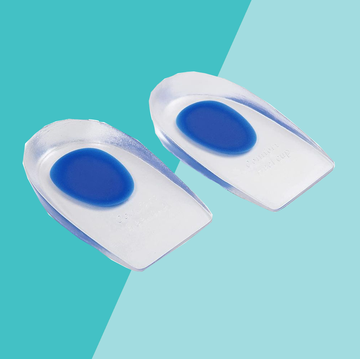
10 Best Supportive Insoles That Ease Foot Pain

Wear These Recovery Sandals Post-Workout
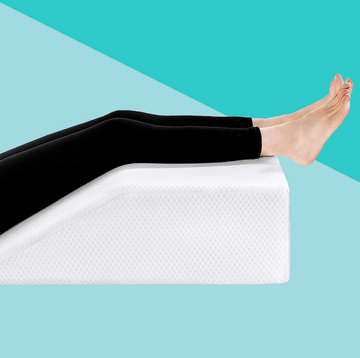
The Best Leg Elevation Pillows for Swelling
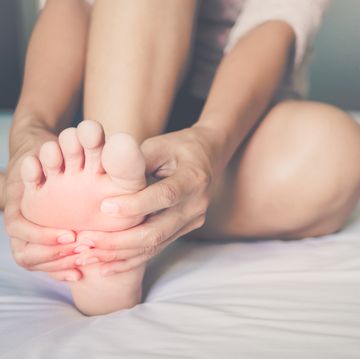
This Is Why Your Toes Keep Cramping Up








